In this second installment of our series of features articles on the 60th anniversary of the iconic Omega Speedmaster, going decade by decade, we explore some of the notable Speedmasters from the 1970s, including such milestone pieces as the first electronic Speedy and the watch worn on the famous Apollo-Soyuz space mission.
1971: Mark III, Omega’s first self-winding chronograph
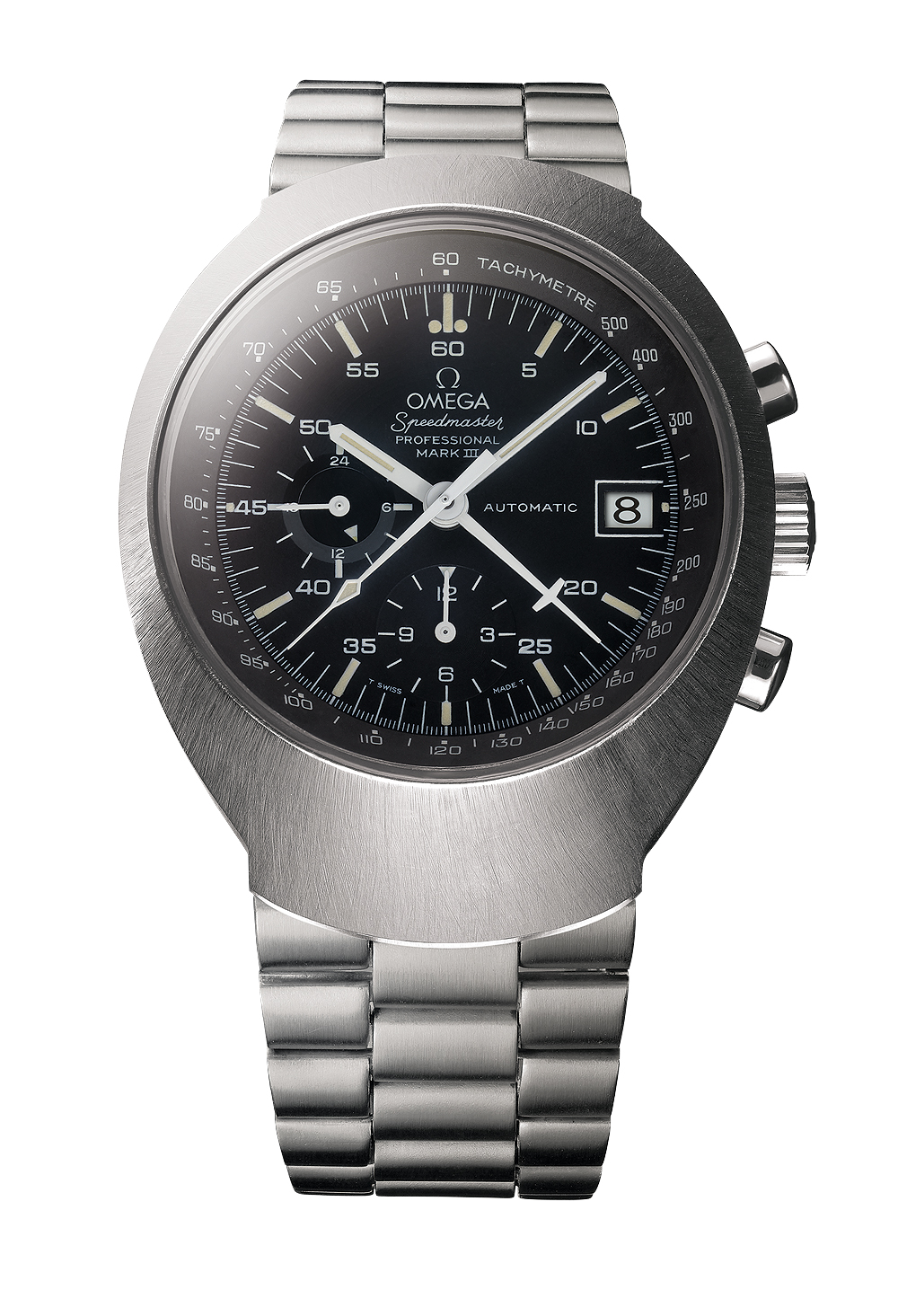
Launched in 1971, the Speedmaster Mark III, with its “pilot” case, was Omega’s first self-winding chronograph, containing the new Caliber 1040, a milestone for the brand. In an advertisement for the watch in 1972, Omega famously stated, “After six landings on the moon, there was only one thing we could teach the Speedmaster. To wind itself.” The Speedmaster Mark III’s other interesting features include the cross-shaped 60 minute chronograph hand and its unique 24-hour day/night indicator at 9 o’clock.
1972: Alaska II (prototype), pursuing the perfect “space watch”

Continuing its secret project to build the perfect space watch for NASA, which started with 1969’s Alaska I, Omega produced another prototype, this time in a Moonwatch style that retained some of the original features of the Alaska I model, including the large red heat shield. The watch’s white dial, engineered to better reflect the heat of the sun, was also retained. Other updates included the rocket-shaped subdial hands, luminous markers and radial numerals on the subdials, and the 0 – 60 numbered bezel.
1973: Speedsonic, the first electronic Speedmaster
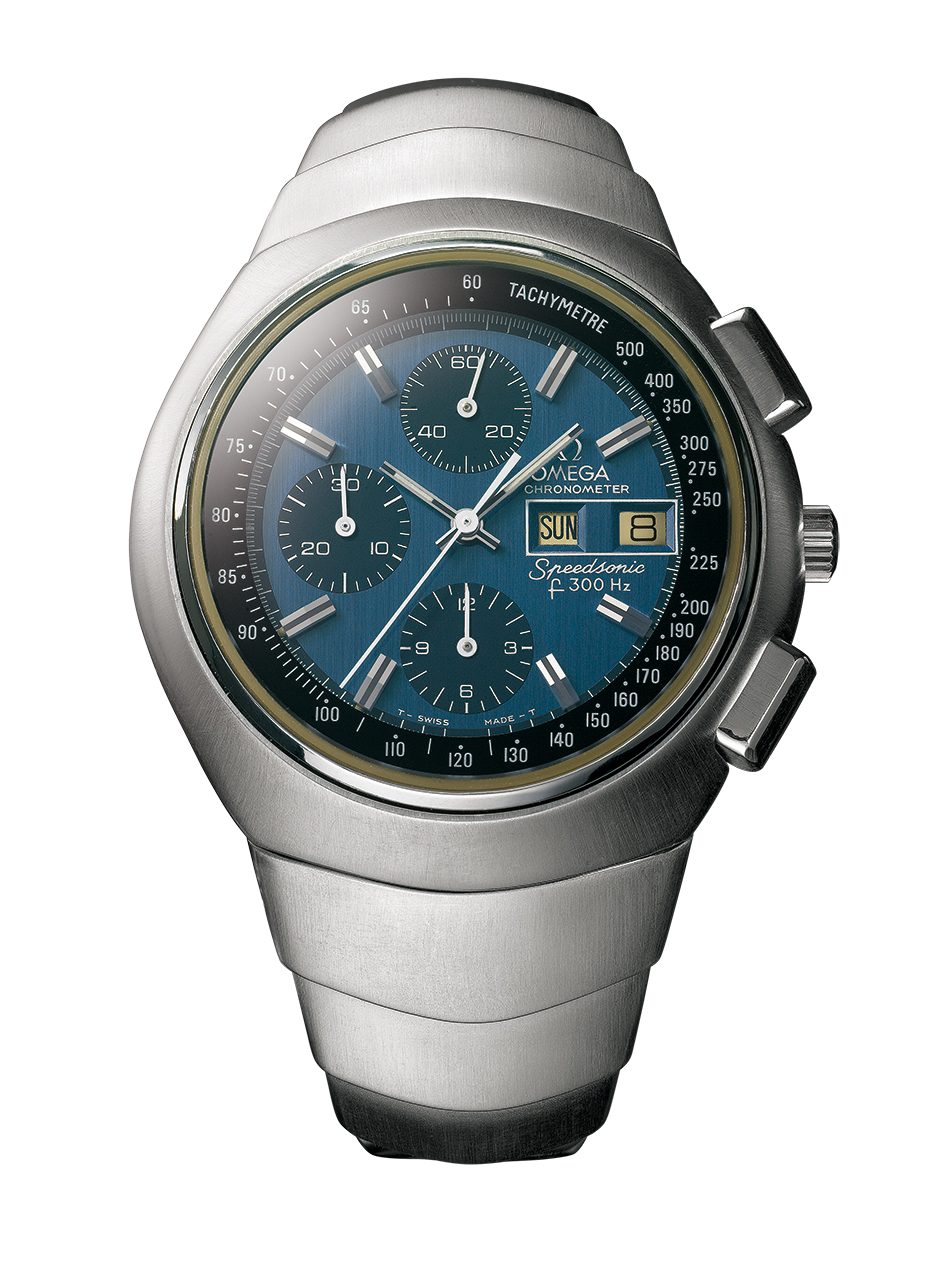
This model is nicknamed the “Lobster” due to the unusual shape of its bracelet, which resembles the tail of a crustacean. With the desire for electronic watches growing during this period, Omega created the Speedsonic was with an innovative electromechanical movement to meet demands for greater precision and reliability. Interestingly, the crown was deliberately made smaller in size, to emphasize the reduced need the wearer would have to manually change the time or date.
1973: Speedmaster 125, celebrating 125 years of Omega
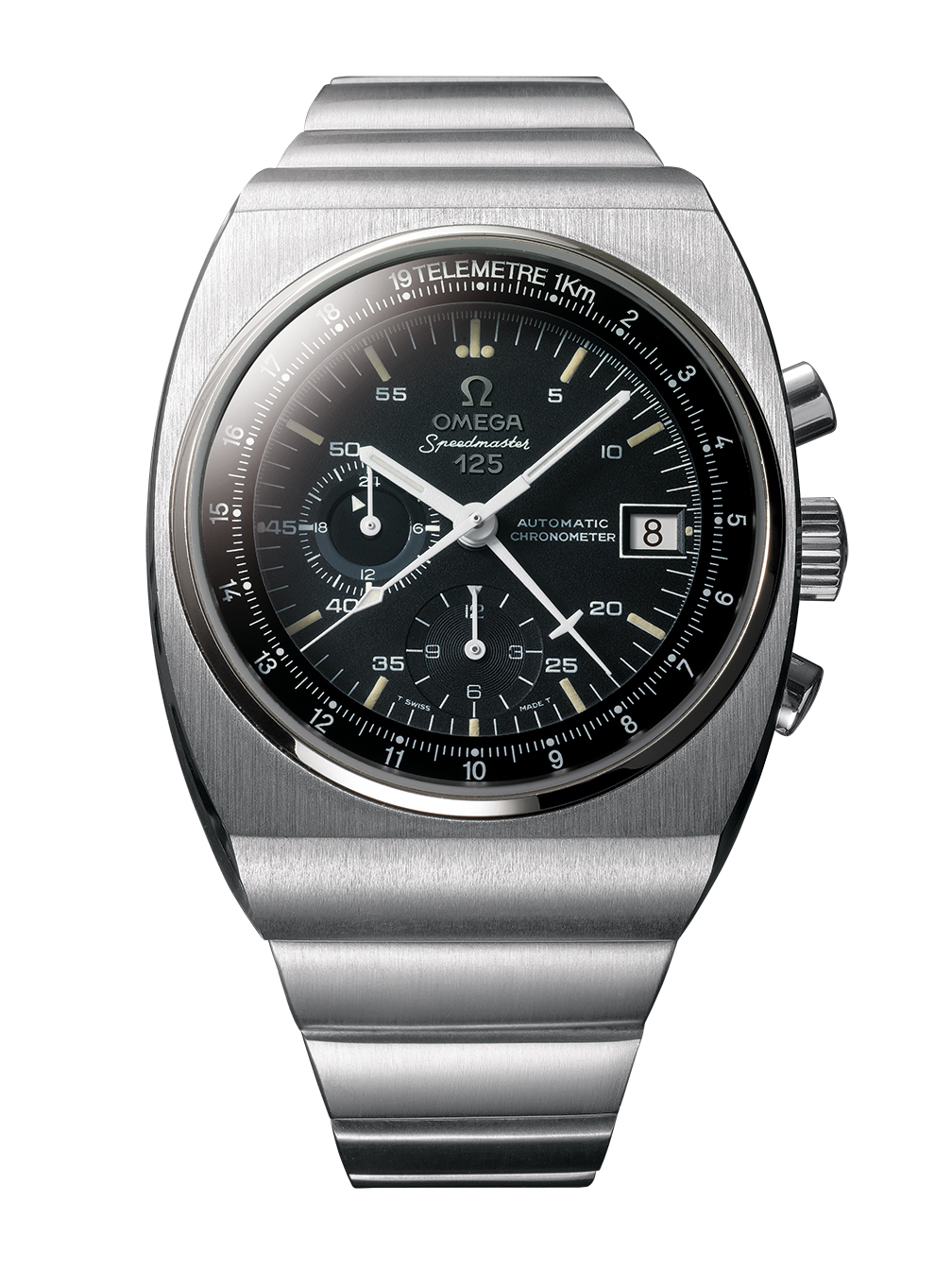
This model — the world’s first automatic chronograph to receive an official Chronometer Certification — was released to celebrate the founding of the Omega brand in 1848. Only 2,000 pieces were produced to mark the occasion. The watch was later worn by Russian cosmonaut Vladimir Dzhanibekov on a 1978 mission during which he spent a total of 145 days and 16 hours in space.
1975: Apollo-Soyuz, celebrating the American-Soviet mission
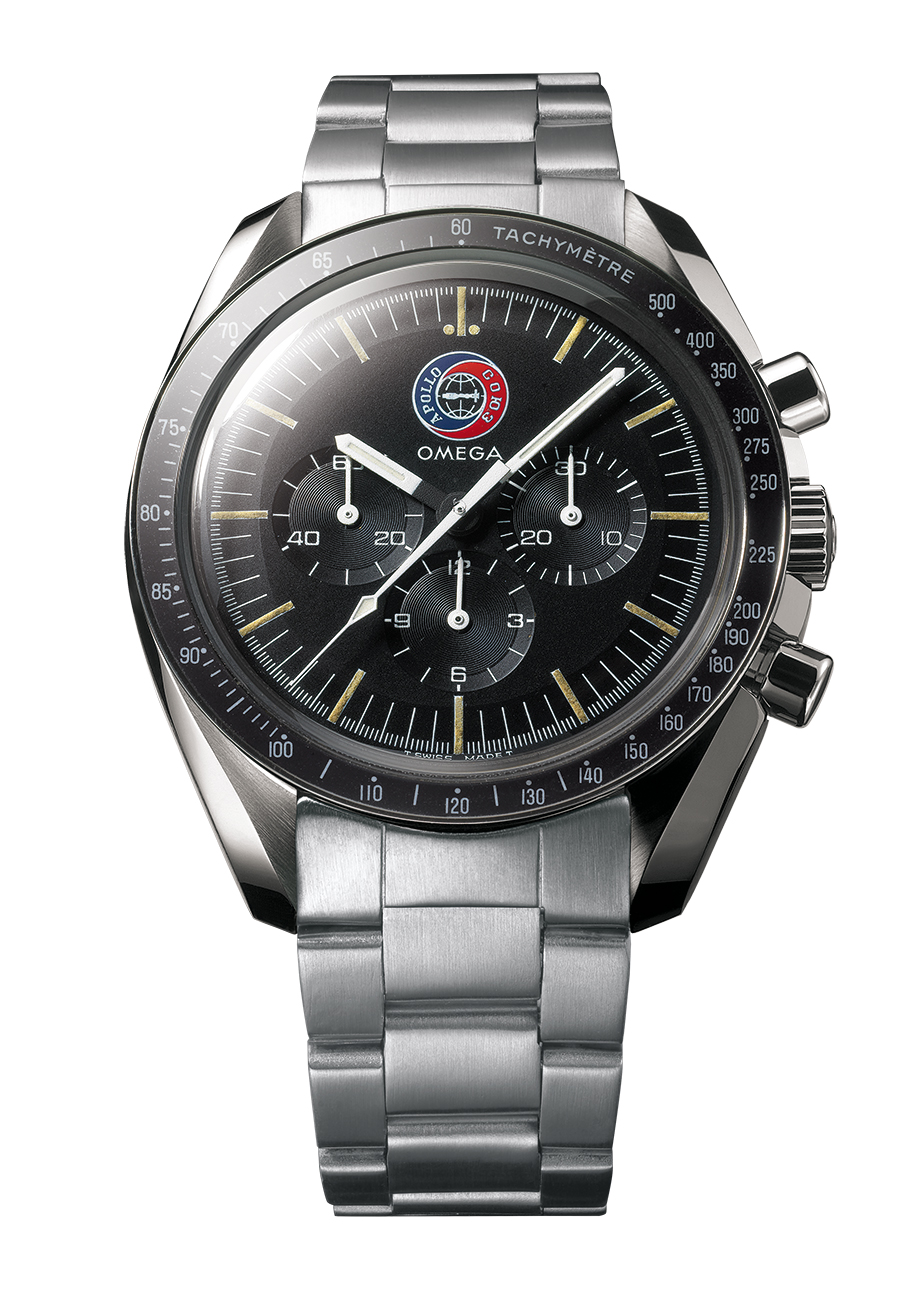
In 1975, Russian cosmonauts and American astronauts wore Omega Speedmasters during a historic meeting in space that signaled the beginning of the end of the Cold War. Made in a limited edition of 500 pieces to mark this historic American-Soviet space rendezvous, this watch was the first of the “Patch” Speedmasters. It has the mission patch at 12 o’clock, in place of the Omega logo, as well as longer markers on the dial and wider chronograph pushers.
1978: Alaska III, built for the Space Shuttle
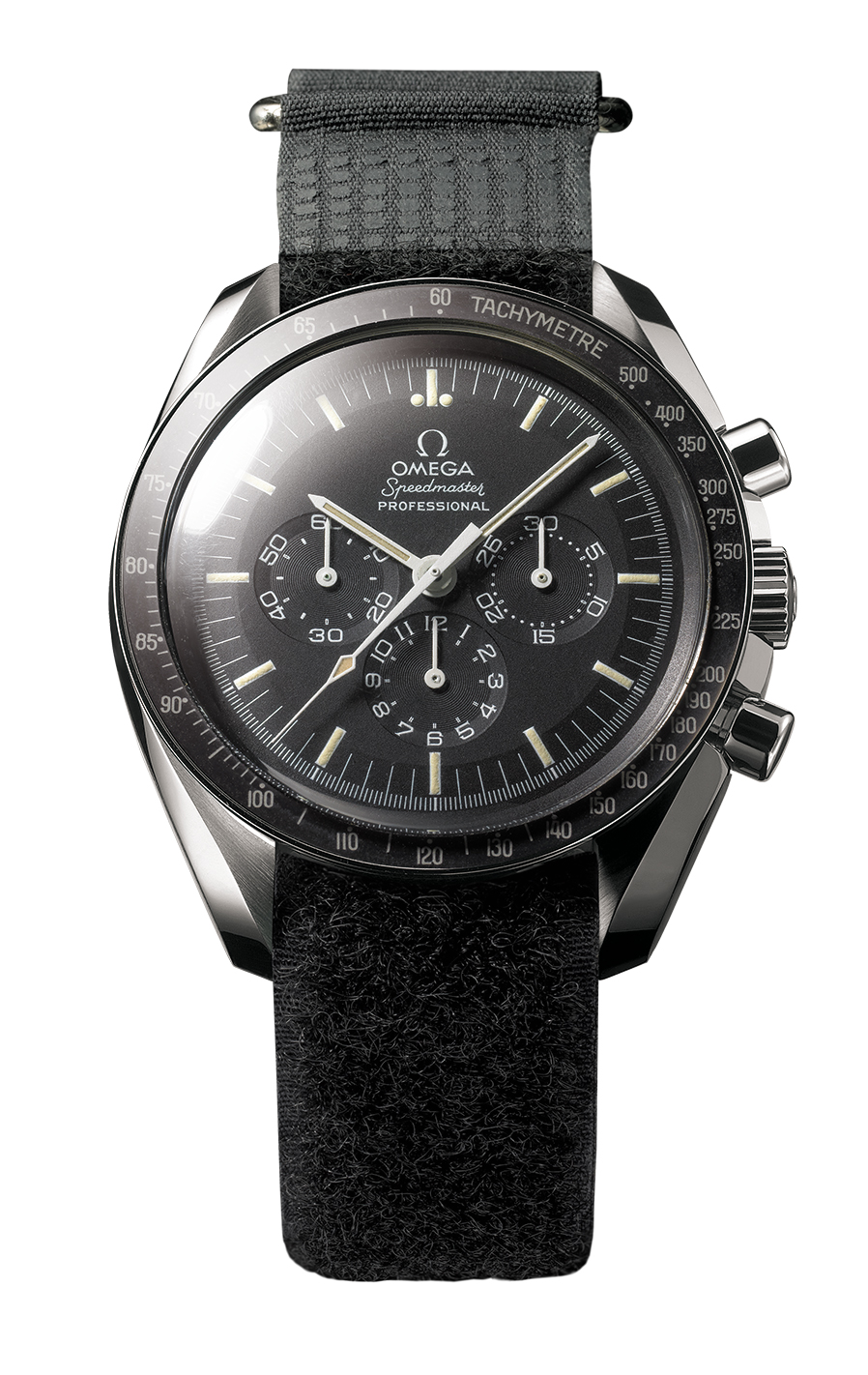
When Omega began work on the “Alaska III” project, its aim was to adapt the classic Moonwatch to include nonreflective surfaces and a dial that was easier to read than its predecessors’. The resulting watch featured a brushed stainless steel case and large, radial numerals on the subdials. The first batch of 56 pieces was delivered to NASA, which used them on board the Space Shuttle in the 1980s; a second batch soon followed.
1979: Alaska IV, quartz prototype for NASA
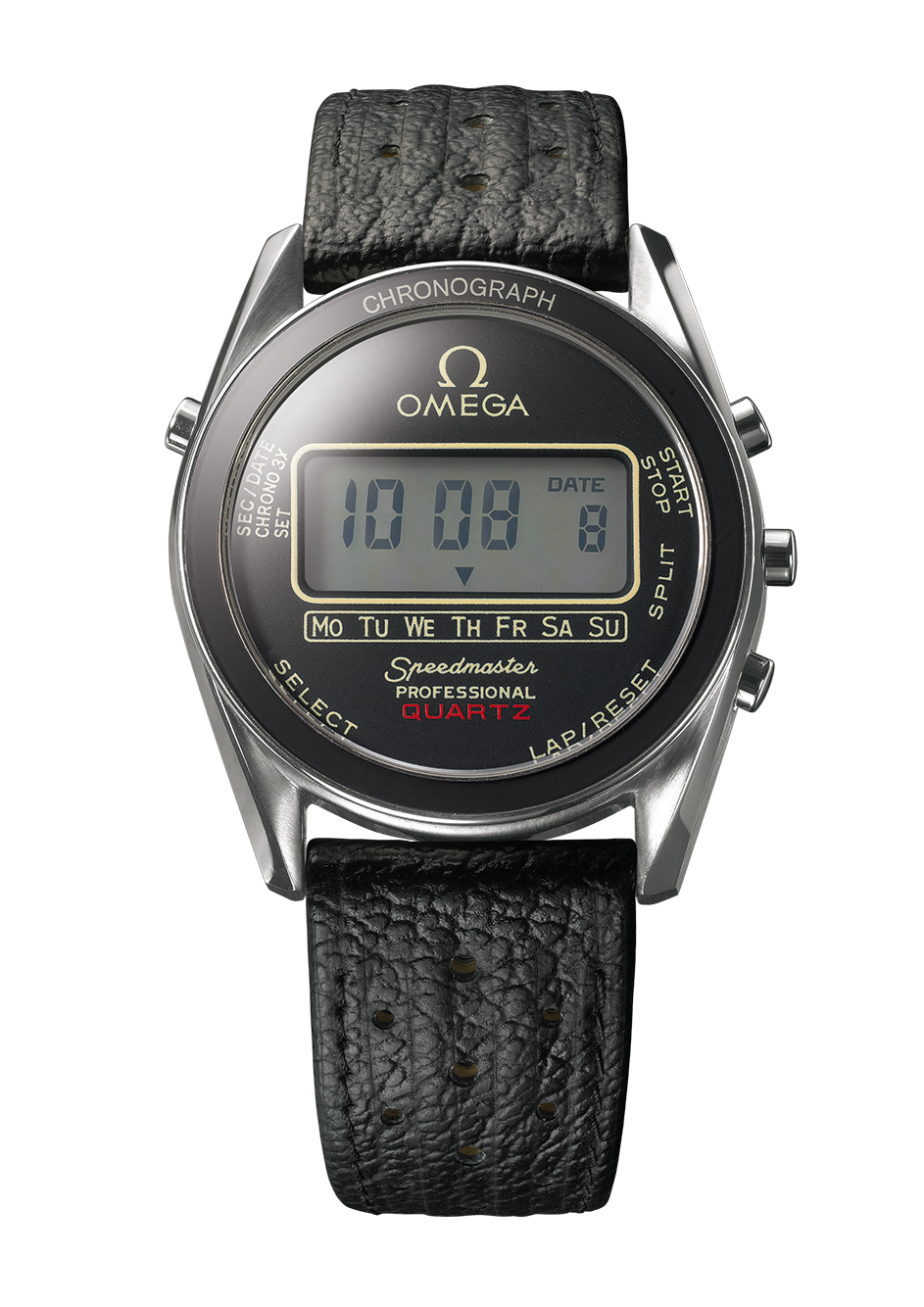
When the Omega Speedmaster briefly went digital, during the heyday of quartz digital watches, this prototype was created for the astronauts at NASA based on the commercial models. It had all the same functions but also included a BETA light system that could illuminate the display without using a typical lightbulb. 12 pieces were sent to NASA astronauts, who tested the watch in training and on the Space Shuttle. Ultimately, they chose not to adopt the watch.
Next week: the 1980s. For the first chapter in the series, in which we cover Omega Speedmaster milestones from 1957 through 1969, click here.


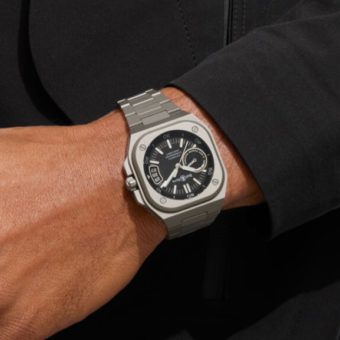

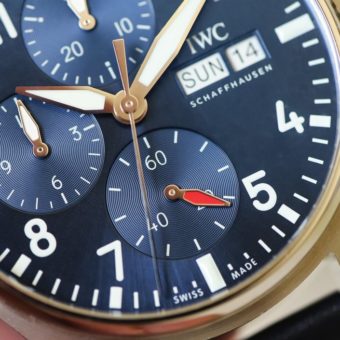
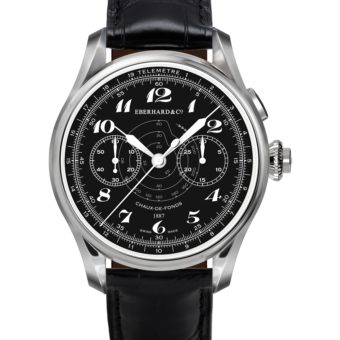
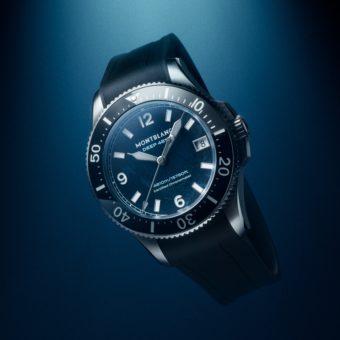
Superbe article. Les fondements de Omega…. Mania